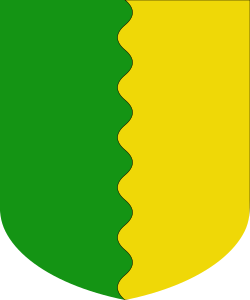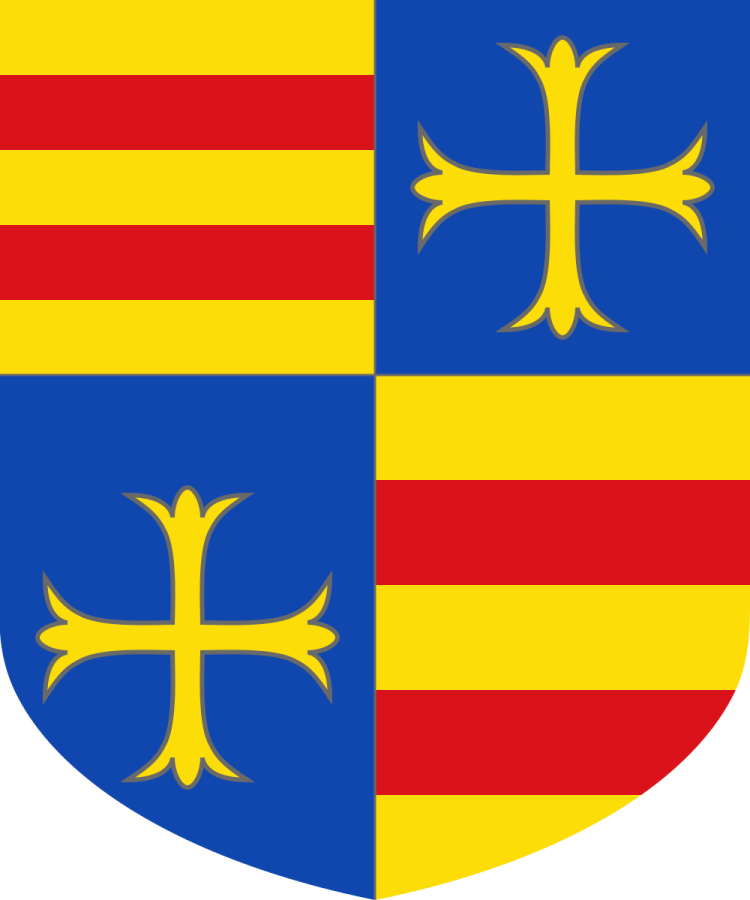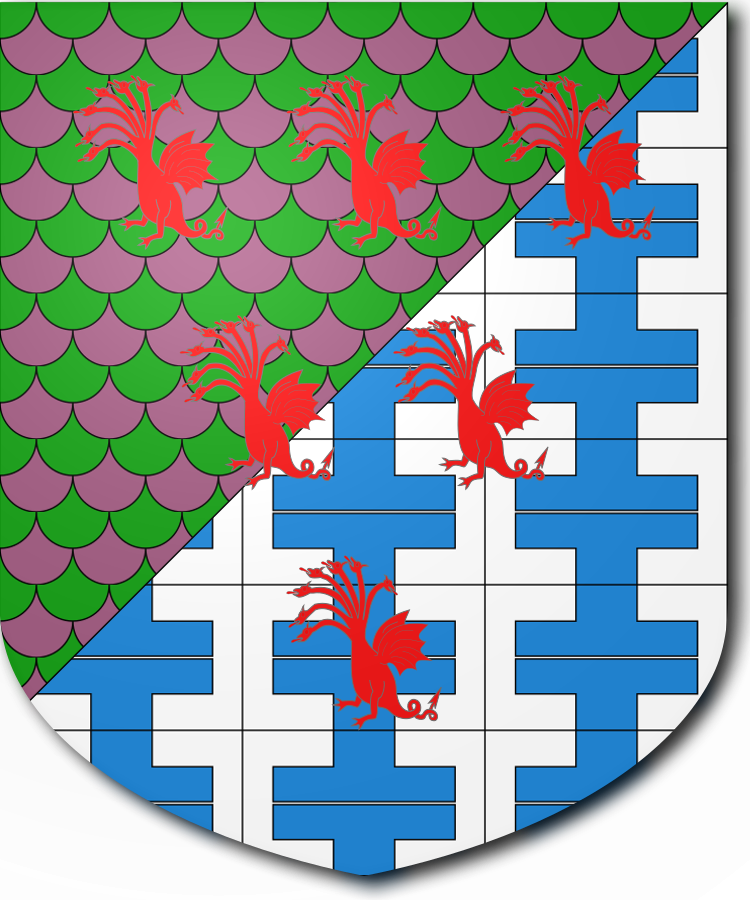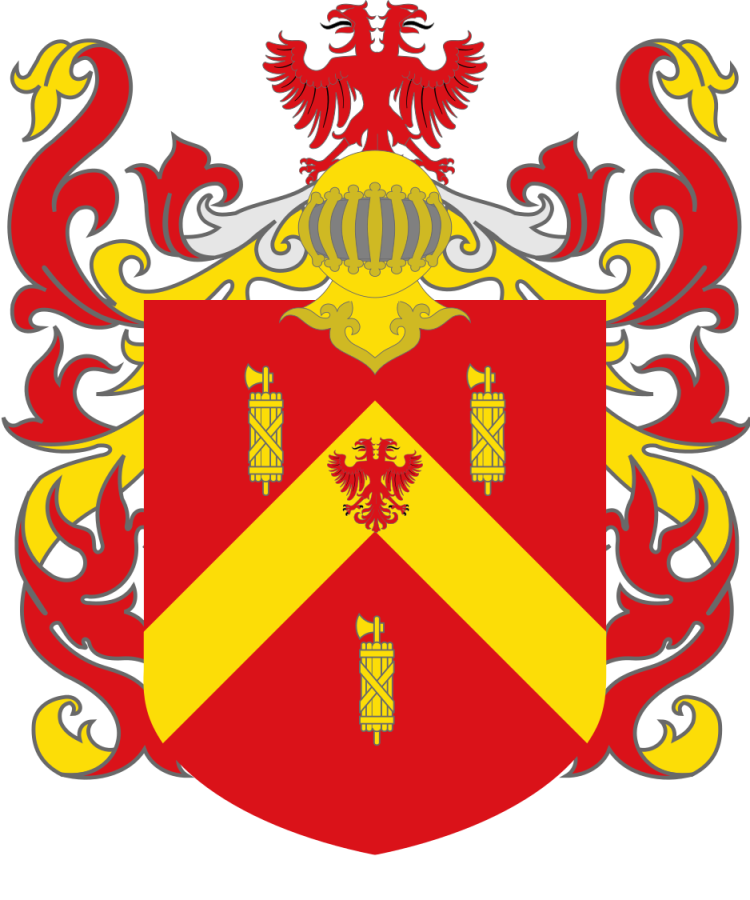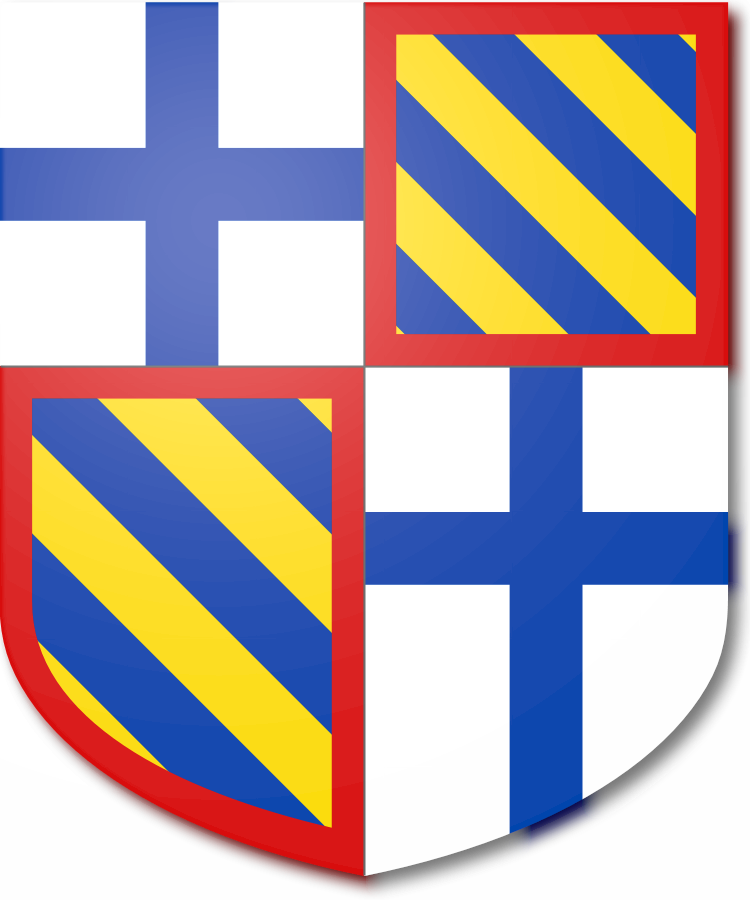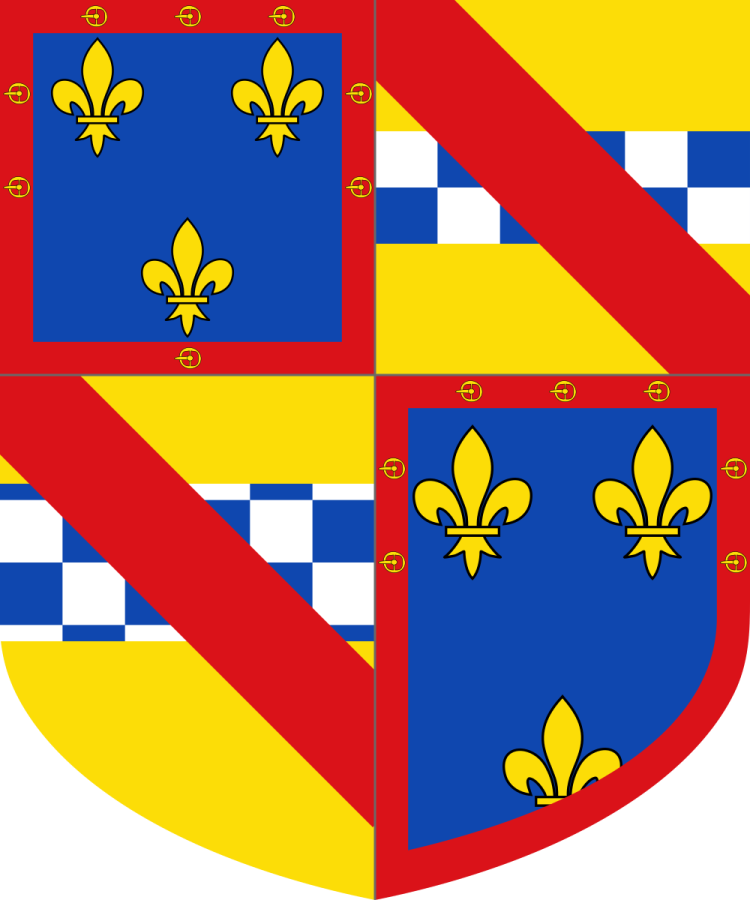Varying Edges
Please Help!
Running costs for April provided by Saraj and Alex - Thank you!

If you can, please help cover the cost of the server, or just buy the team a coffee to say thanks!
 Buy me a coffee
Buy me a coffee
Gallery
17th August 2025
Test Me

What is the name of this charge?
